
Bio Break
Quick Insights into MedTech and Biotech Innovation
Welcome to Bio Break, a video series brought to you by StarFish Medical. Each episode delivers bite-sized, bio-focused insights on medical device product development and biotechnology in five minutes or less. Designed for busy innovators, Bio Break is your quick opportunity to learn something new, get inspired, and continue making an impact—all while taking a short pause in your day.
Enjoying Bio Break? Sign up to get new episodes sent to your inbox.
Watch our latest Bio Break episodes
Fluorescent Soil Load Test
Nick Allan and Nigel Syrotuck explore a creative approach to visualizing cleaning validation using a fluorescent soil load.
Anaerobic Sample Collection Explained
Nick Allan joins Nigel Syrotuck to explore how anaerobic sample collection works and why it’s vital for studying bacteria that cannot survive in oxygen.
Past Episodes
-
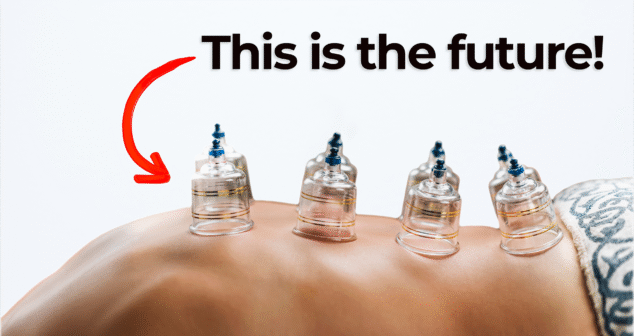
Nick and Nigel explore a surprising approach to injection pain reduction using suction technology. What started as an unusual product order at StarFish Medical led to important insights on improving patient comfort during injections.
-
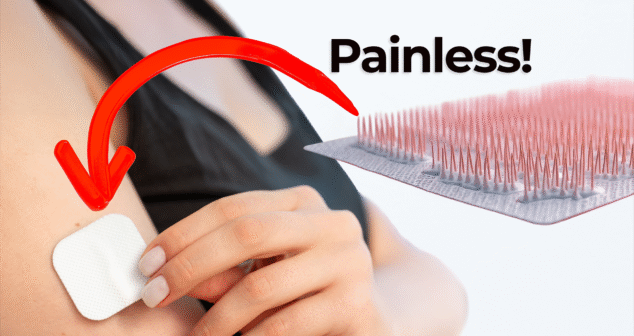
Nigel and Nick explore microneedle drug delivery—a growing field in medtech that aims to improve patient comfort and treatment compliance. While the term "microneedles" may sound futuristic, this technology has been around for years.
-
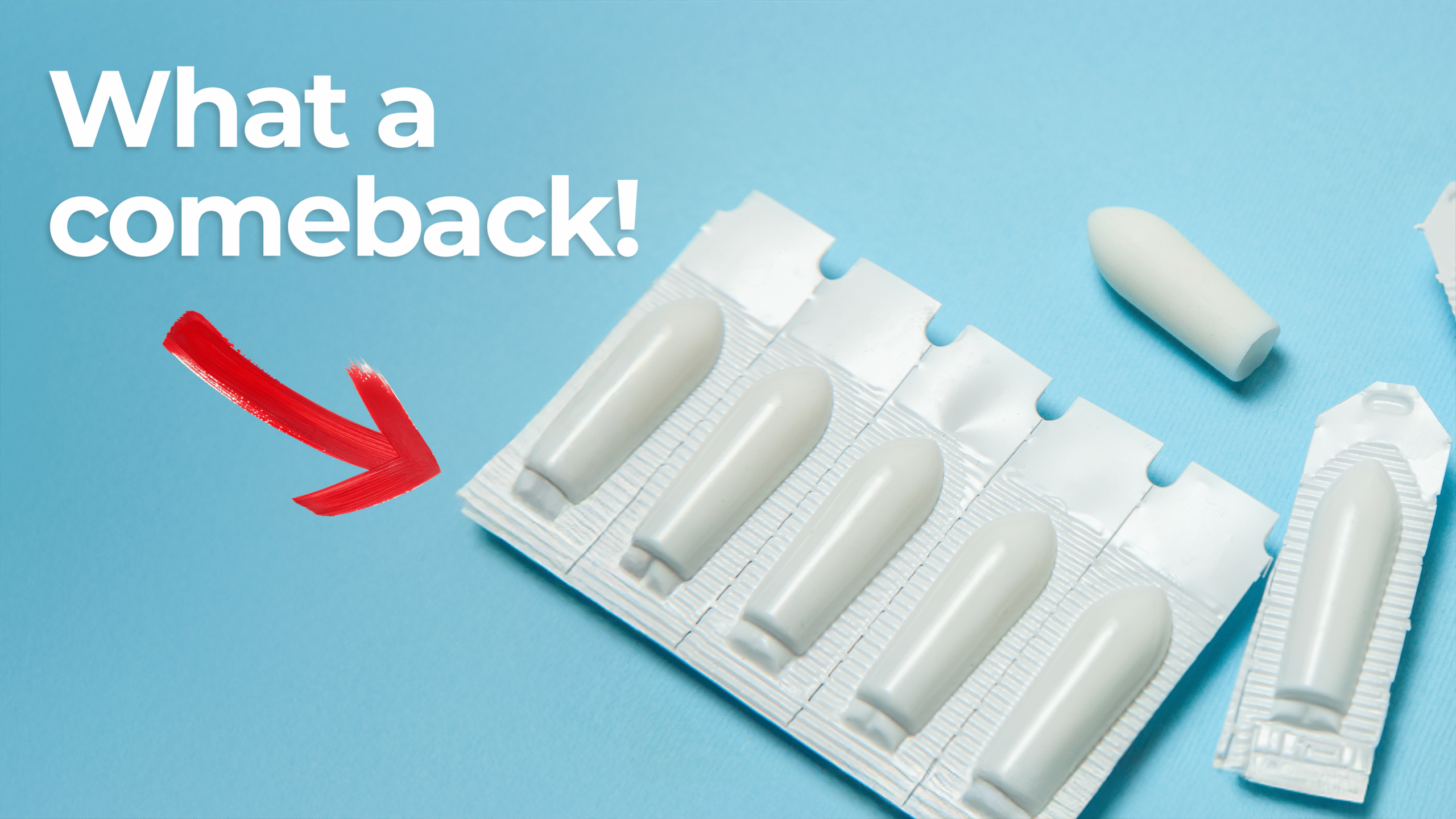
Nick and Nigel discuss an often-overlooked but increasingly relevant form of drug delivery: suppositories. While typically considered old-fashioned, suppositories are experiencing a resurgence in modern MedTech thanks to their versatility, systemic absorption benefits, and emerging formulation technologies.
-

While most people think of Botox as a simple beauty treatment, there’s a surprising amount of engineering, anatomy, and precision behind the process.
-

A theranostic wound dressing does more than cover a cut—it actively detects infection and delivers targeted treatment.
-
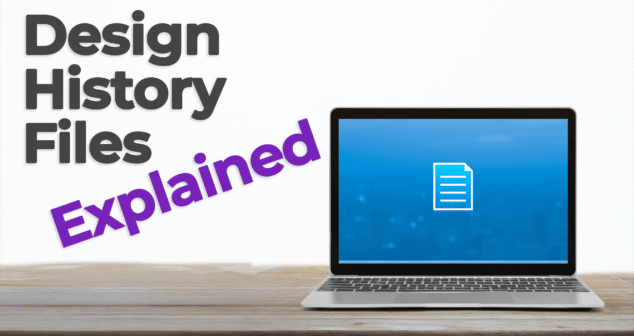
Nick and Joris break down what a DHF is, why it's required, and how it plays a vital role throughout the development lifecycle.
-
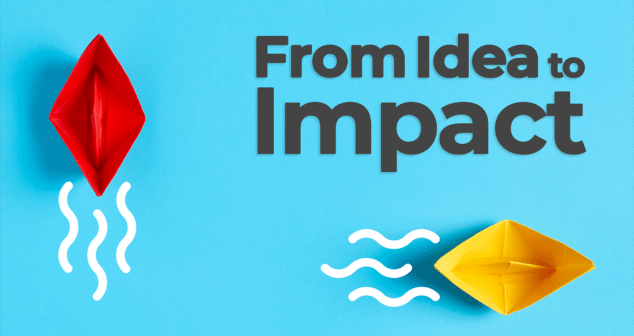
Nick Allan and Joris van der Heijden revisit one of StarFish Medical’s most successful Pathfinder journeys, showcasing how a bold research concept evolved into a fully realized clinical diagnostic device.
-
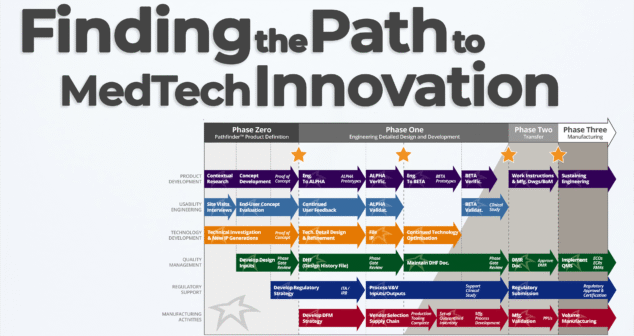
Nick and Joris explore one of the most dynamic early-phase services at StarFish Medical: the Pathfinder Program. If you're a medtech innovator with a promising concept or prototype, Pathfinder helps you identify the right path forward—before you invest millions in development.
-
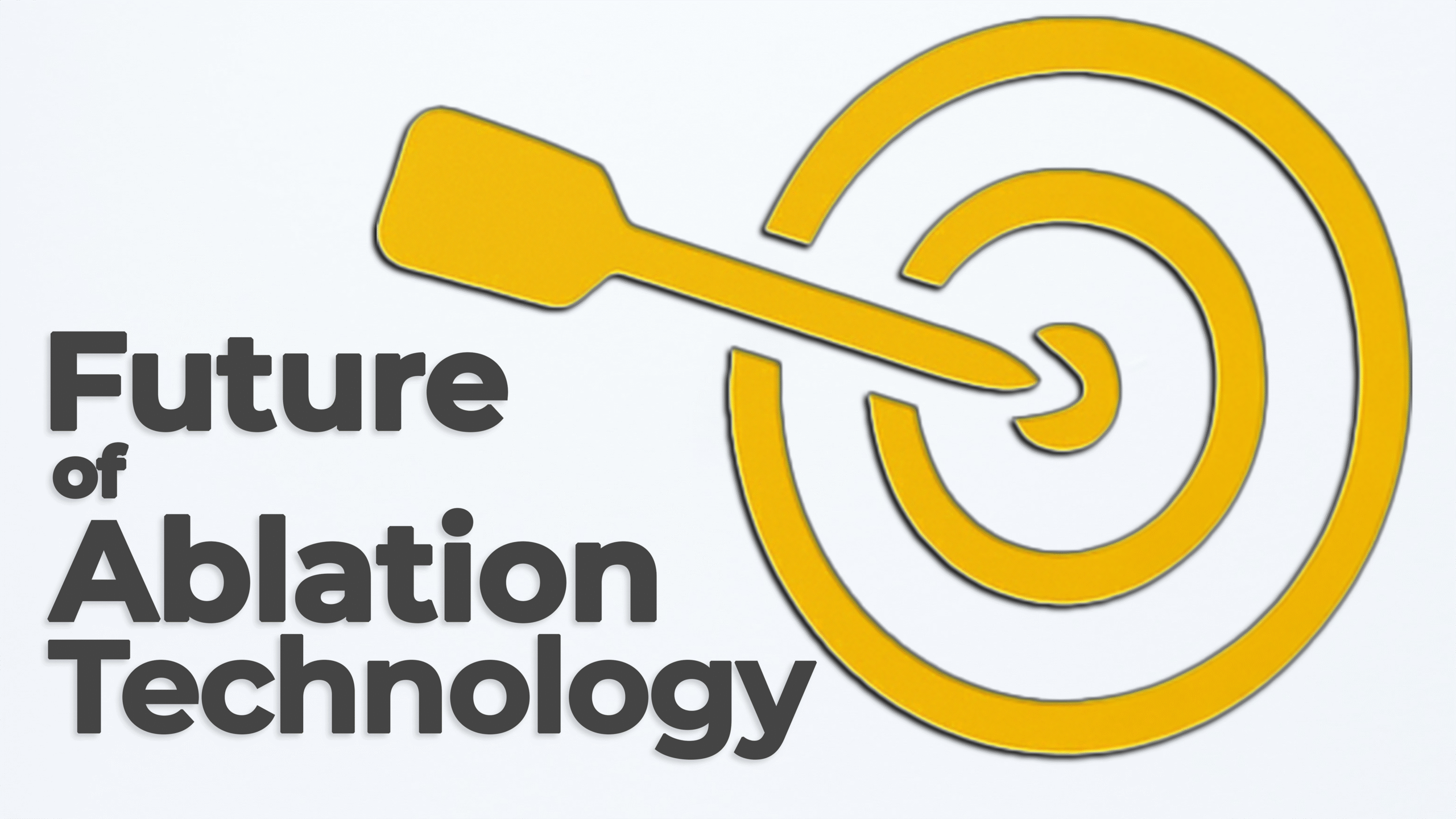
Nick and Joris explore the wide world of ablation technologies—unpacking how each approach works and what it’s best suited for.

